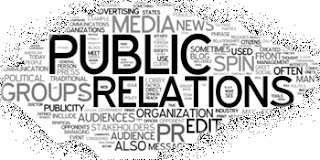Why You Should Stop Worrying About Raising VC Money for Your Tech Startup

From Bplans : An early question among potential co-founders during discussions about commitment was always “have you raised money yet?” as if it’s a requirement of doing a tech startup. It seems like a common trend with first-time tech entrepreneurs—and even some more experienced entrepreneurs—to think of fundraising as a required step in the process of starting a technology company. They read articles on TechCrunch about how startups are raising huge, early rounds of funding from VCs, then begin putting together pitch decks and attempt to seek out funding for their own startup. However, if you look at the history of today’s biggest tech companies, nearly all of them started without raising outside funds. Facebook, Apple, and Microsoft all started in garages or dorms, and didn’t raise money until later on when they were ready to scale up operations. In fact, many companies are successful without ever raising outside money, including PlentyofFish, Balsamiq Mockups, and Shutterstoc












